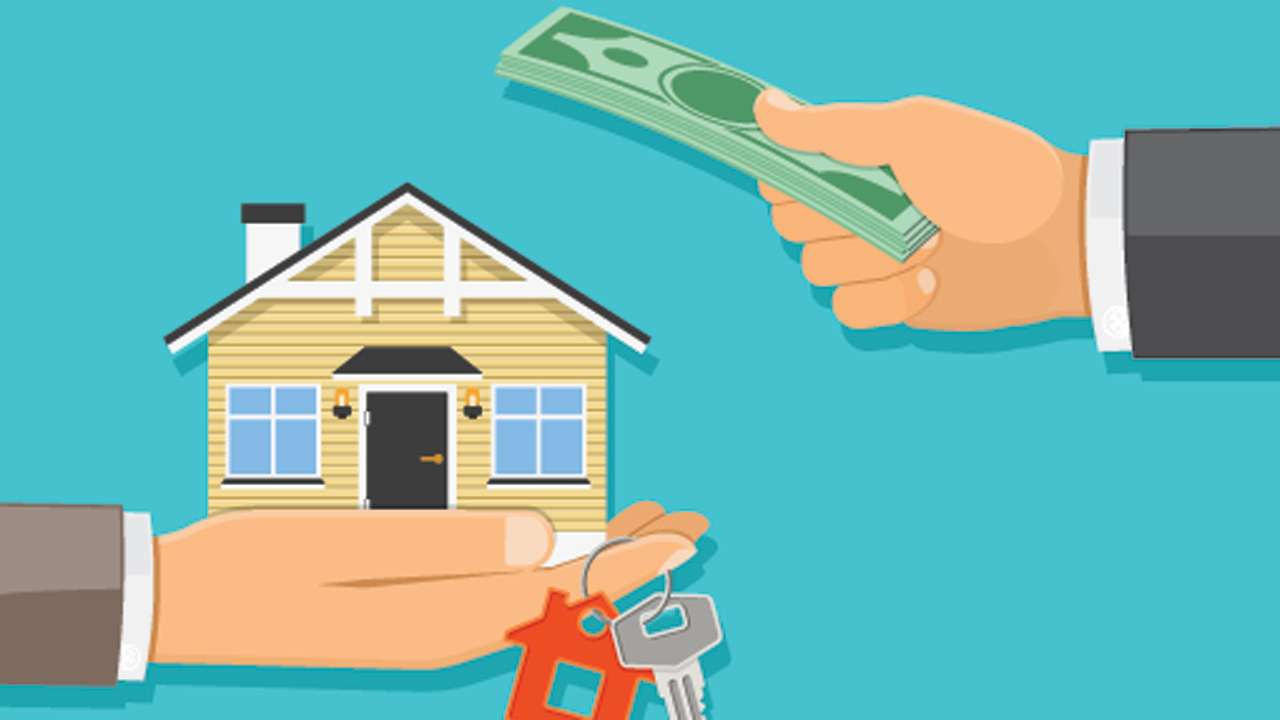A rental lease agreement is between the tenant or landlord. The agreement sets out the conditions that they agree to let their property to another party. This is the most popular kind of. It outlines how long you’ll remain in the property, the amount you have to pay and the amount of notice you need to provide. Before moving in, be sure to obtain a written rental agreement from the landlord. This will protect your belongings from being damaged by other tenants or being taken over by another owner.
A rental lease agreement is designed to safeguard both parties. The agreement governs who can do what with the property they rent and the amount each must pay for its upkeep.

When you are signing an lease to lease, go through it carefully to make sure there are no hidden fees or unclear terms. Contact your landlord for clarification when you’re not sure about something prior to signing.
In a rental lease agreement, there are three main kinds of clauses:
1.) Rent and the terms of payment
2.) Term, termination and renewal
3) Damage deposit
4) Utilities
5) Maintenance
Terms of Payment and Rent The amount that you must pay, the due date when it will be due, and whether you agree to make an advance.
The exact period of the rental The length of the lease be for, renewal terms and whether there’s an option or opportunity to terminate at any time by either side.
Changes in ownership: This section describes what happens to your lease when your landlord is planning to sell their home or their building.
Damage deposit Deposit for damage: The amount you’ll need to pay upfront should any damage happen on the property while you’re there; any deductions made out of this deposit must be reflected in the contract.
Utilities In the event that utilities are included in the rent or as an extra cost,
Maintenance: Are you accountable for keeping the yard clean and cleaning out the pool? Do you have the expectation of your landlord that you resolve any issues or leave it to them?
In addition to a written rental lease, you should always record a copy it with the town office. This will prove that there was a rental lease agreement in place should you ever have to take it to court to prove that it was in place.
It’s crucial to remember the timeframe within the time you have to file this document; each town has its own protocol for the length of time they will allow information like this to remain in the public record. You may have to apply for a new lease if you make significant modifications to your lease agreement.
If you want to learn more, click caution
Also, make sure you keep copies of your rental lease in a safe location. Make a list with all the key aspects of your rental contract and make sure you keep it up-to-date throughout the duration of your stay. This will guarantee that you have evidence to back up your claim in the event of a dispute. If you can, it’s a good idea to take pictures of your property and the destruction that has occurred.
Since this document is a safeguard for both parties, you should keep in mind that your landlord may not be always willing to negotiate. If you notice that the situation is getting heated and your landlord agrees to revise some conditions (such as raising rent rates or making changes to damage deposit amounts) note these items down in your revised list. Making note of the changes will help you remember these changes in the event you decide to renew your lease, or lease another property. It may also give you the power to negotiate.